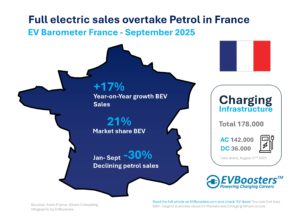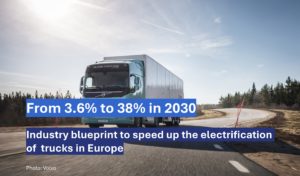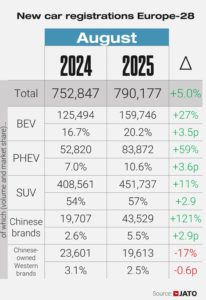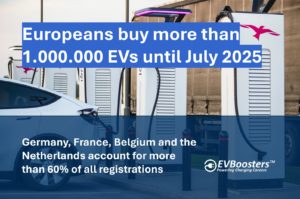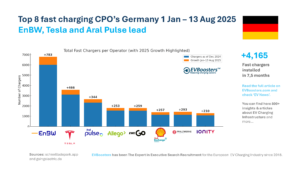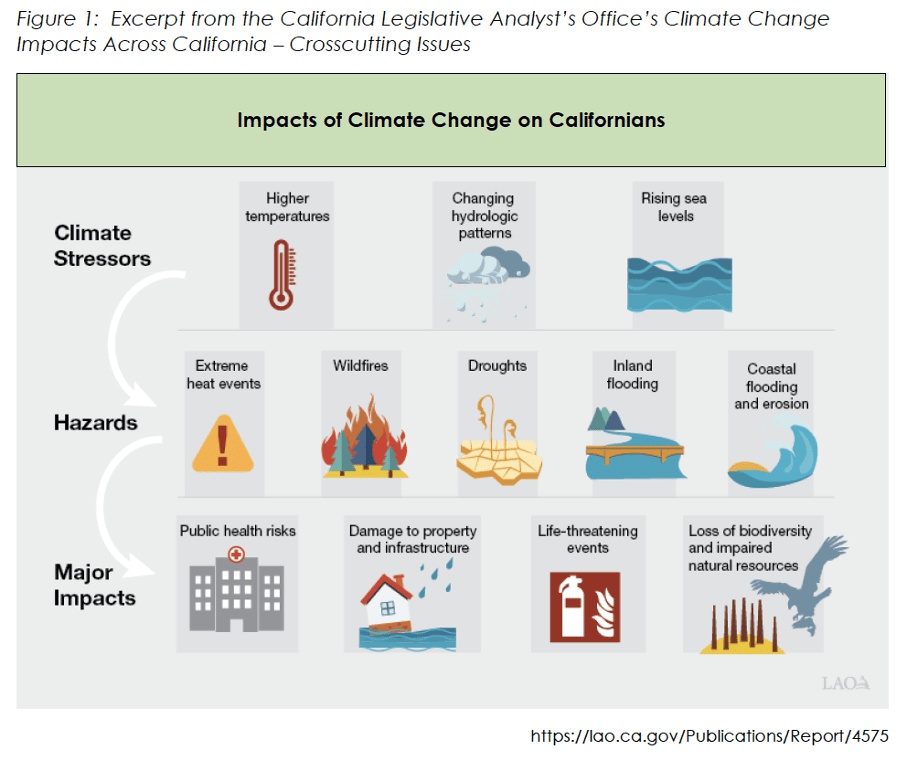
The draft ZEV Infrastructure Plan (ZIP) provides a detailed description of California’s progress and strategy to achieve these goals. The plan describes public funding exceeding $194 million committed to medium- and heavy-duty ZEV infrastructure and more than $109 million invested in light-duty EV charging. The total of current and proposed investments, like the National Electric Vehicle Infrastructure (NEVI) funding, is expected to come to $3 billion over five years.
EV charger access for all
One of the key components to the adoption of EVs is readily available EV charging infrastructure. EV drivers should be able to drive to the same places they drove to in their gasoline or diesel-powered vehicles. Therefore, all drivers need to be able to access EV chargers, including those in disadvantaged, low-income, tribal, and rural communities. If charging infrastructure will not meet the demands of EV adoption, the latter will be disproportionate across population segments.
The Infrastructure Investment and Jobs Act (IIJA) includes significant formula and discretionary grant funding to advance ZEV infrastructure deployment. California’s share from the NEVI Formula Program is estimated at $384 million over five years. Moreover, the state’s agencies and communities will be eligible to apply for additional funding as part of the $2.5 billion discretionary Charging and Fueling Infrastructure grant program administered by the Federal Highway Administration.
NEVI Formula Program
The main goal of the NEVI Formula Program is to “provide funding to States to strategically deploy EV charging infrastructure and to establish an interconnected network to facilitate data collection, access, and reliability.” It will do so by creating a convenient, affordable, reliable, and equitable network of chargers throughout the country. With the help of NEVI funding, some of the busiest interstates in California, as well as rural routes, will be equipped with charging infrastructure. This will not only facilitate EV travel within California, but will also accommodate EV drivers in its neighbouring states.

The NEVI guidelines for the development of the Electric Vehicle Infrastructure Deployment Plans provide each state with the flexibility and guidance to come up with a plan for NEVI funds that meets the needs and goals of the state. In an effort to maximize NEVI investments and benefits to travellers in California, the state continually keeps shaping and refining plan elements of the initial deployment plan. This focuses on investing in light-duty vehicle charging infrastructure and considers projects that can also accommodate medium- and heavy-duty charging infrastructure.
Alternative Fuel Corridors
NEVI-funded infrastructure will build on the existing infrastructure along California’s Alternative Fuel Corridors (AFC). It will do so by filling gaps in the AFC network and upgrading existing sites. Additional routes may be nominated for AFC designation, with special consideration for rural locations and historically disadvantaged and low-income communities. Extra attention will be given to the deployment of EVSE along the highways and routes leading to national parks and forests within the state, as well as many state parks, forests, and beaches.
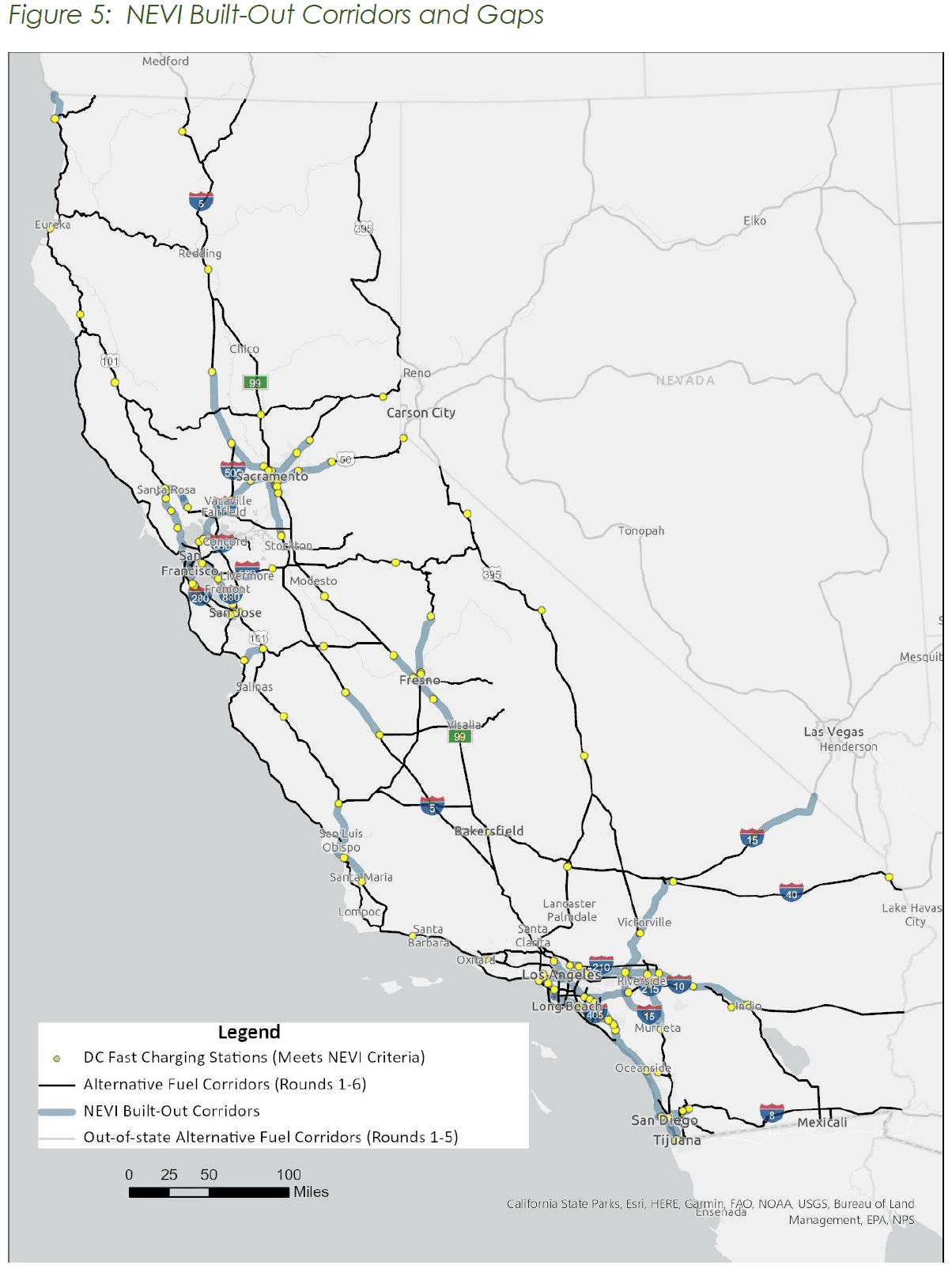
To reflect the progress of the previous year, each year the deployment plan will be updated. This provides the opportunity to identify challenges and opportunities, highlight future deployment plans, and ensure alignment with California’s EV charging infrastructure planning efforts, for example the state’s ZIP. By reviewing the outcomes from the deployment plan, California is committed to determine best practices, ensure that the plan meets the program guidelines, and to confirm that the plan is accomplishing the state’s goals for a connected network of EV chargers.
Get ‘free of charge’ access to more than 350 valuable EV Market Insights via evmarketsreports.com, the world’s largest e-Mobility Reports and Outlooks database. Enjoy reading!

